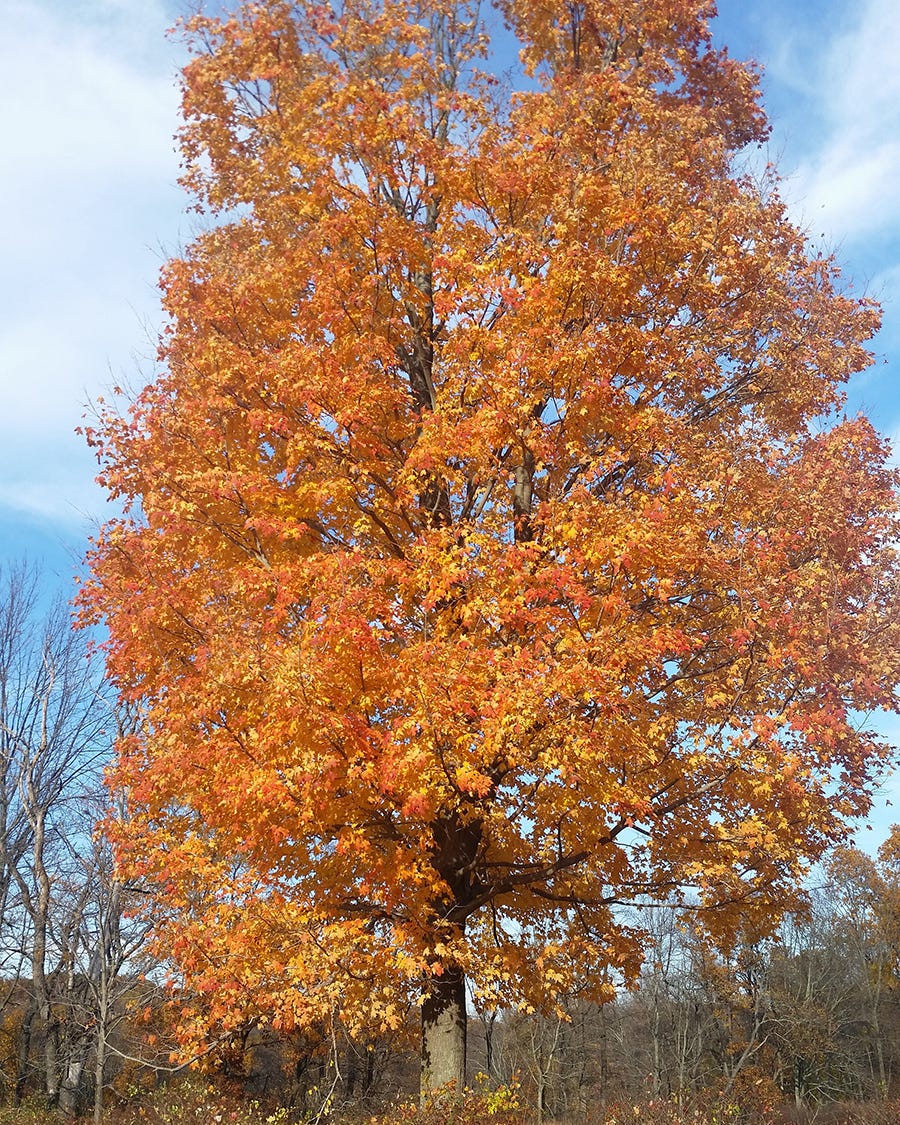The Name Game
Fun with Binomial Plant Names
I have a hard time remembering people’s names. It can be embarassing, asking them again for their name, but I have to do it so I don’t feel awkward later on.
Funny, but I don’t have that problem with plant names. Perhaps it is because, as a landscape architecture student, I used to walk around repeating them in my head, day in and day out.
The one obstacle with plant names is that you have to learn a little Latin. That is what the Swedish scientist, Carl Von Linne, better known as Carl Linnaeus, used when he formalized binomial nomenclature in the 1700s, the modern system of naming organisms.

In botany, plant names make sense even though they are in Latin. Botanical plant names consist of a two-part scientific categorization, genus and species. It is shown in italics and encased in parentheses following the common name.

Many common names may be easier to remember (and pronounce) than botanical names but sometimes there are many common names for one plant, and this can become confusing. The botanical name, on the other hand, is used throughout the world to avoid difficulties of translation.
Do not be intimated by the Latin names. You may already know many in your garden by their genus name. For example, zinnias, allium, cosmos, chrysanthemums, and iris are a few that come to mind.

The “genus” is a unique category of plant. There may one genus and many species- for example, there are 450 species of oak (Quercus), each with their own descriptive name. The “species” name is a descriptive word that may describe a plant’s feature such as color, bloom time, habitat, who discovered it, or place of origin. The species names and meanings are fun to learn. Here are a few:
alatus: winged.
albiflorus: white-flowered
amabilis: lovely.
aureus: golden
confertus: crowded.
Davisii: Mr. Davis
densiflorus: densely flowered.
esculentus: esculent, edible
foetidus: fetid, bad-smelling.
gramineus: grassy, grass-like
melanococcus: black-berried.
montana: from the mountains
nitidus: shining
palustris- from swampy place
reptans: creeping.
saccharum: sugar
sylvaticus: sylvan, forest-loving
tricolor: three-colored.
viridissimus: greenest, very green
If you want a wonderful list of species names and meanings click here.
The other names that follow the genus and species names denote a naturally occurring variety that has a distinguishing characteristic and produces true-to-seed. The variety name always directly follows the species name.
Finally, a cultivar name will either follow the variety or the species name. This is a plant cultivated by humans. Cultivar names are surrounded by single quotation marks and are capitalized. Most flower cultivars are developed by plant breeders for unique flowers, leaf color or growing habit. They normally do not reproduce true-to-seed.

Many cultivars have trade names or trademarks. These may have a ® for registered trademark or ™ if they are trademarked.
Interestingly, a botanist has many ways to describe a hairy plant: Canescent, ciliate, hirsute, hispid, lanate, pillose, pubescent, tomentose, villose. It is all a matter of how much hair and how it is arranged. Can you imagine if we classified people that way?






I really enjoyed this post. It was an excellent explanation of the plant naming system that is often baffling!